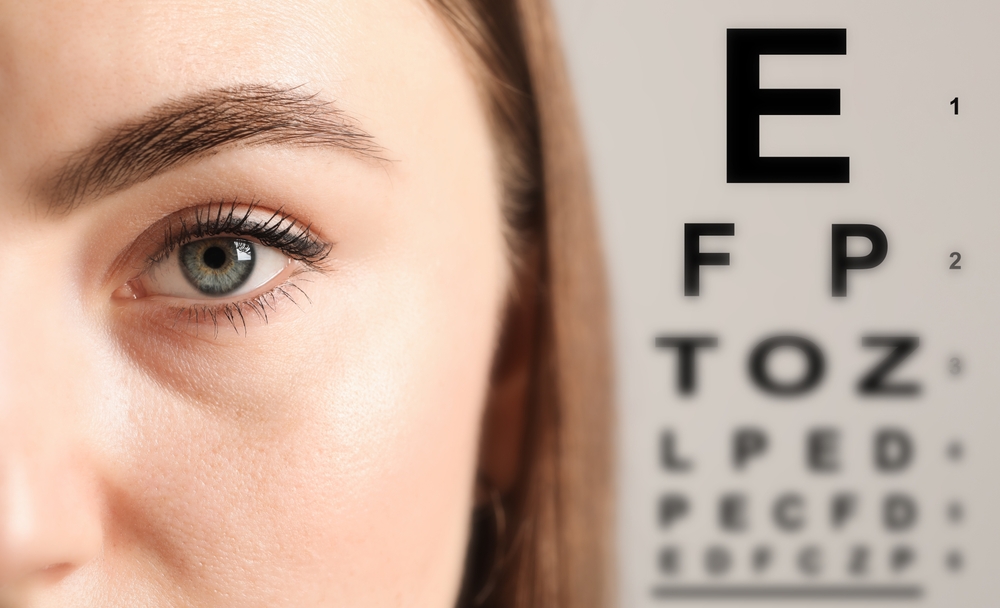The Science Behind Myopia Control: Current Research and Advances
Blog:The Science Behind Myopia Control: Current Research and Advances

The Science Behind Myopia Control: Current Research and Advances
Myopia has become a growing global concern, especially among children and young adults. With increased screen time, reduced outdoor activity, and other modern lifestyle factors, more patients are being diagnosed with myopia at earlier ages. Fortunately, advancements in optometric research have led to promising solutions aimed at slowing the progression of myopia.
Understanding Myopia and Why Control Matters
Myopia occurs when the eye grows too long from front to back, causing light to focus in front of the retina instead of directly on it. This results in blurred distance vision. While glasses or traditional contact lenses can correct vision, they do not stop myopia from worsening.
Uncontrolled myopia progression can lead to high myopia, which increases the risk of serious eye conditions later in life, such as retinal detachment, glaucoma, cataracts, and macular degeneration. That’s why proactive myopia management is crucial.
Current Research on Myopia Control
Recent studies have shown that certain optical designs can influence how light focuses on the peripheral retina, which plays a key role in signaling the eye to stop elongating. This understanding has led to the development of myopia control treatments designed to not just correct vision but also slow the structural changes within the eye that lead to worsening myopia.
Research has confirmed that environmental factors also contribute to myopia progression. Children who spend more time outdoors have a lower risk of developing myopia, potentially due to increased exposure to natural light and less near work like reading or screen use.
The Role of MiSight 1 Day Contact Lenses
One of the most studied and FDA-approved options for slowing myopia progression in children is the MiSight 1 Day contact lens. These soft, daily disposable lenses use a dual-focus optical design that provides clear vision while simultaneously creating treatment zones to reduce the stimulus for eye growth.
Clinical trials have demonstrated that MiSight lenses can reduce myopia progression by up to 59 percent over a three-year period. These lenses are specifically designed for children, offering both safety and convenience as part of a daily wear routine.
Combining Technology with Personalized Care
At Texas State Optical, we believe that the best approach to myopia control combines advanced technology with personalized patient care. Our optometrists are trained to assess your child's risk and recommend a tailored myopia management plan. Whether it involves MiSight lenses, atropine drops, or lifestyle changes, our goal is to protect your child’s long-term vision.
Schedule Your Child’s Eye Exam Today
The science behind myopia control is rapidly evolving, and with continued research and innovative treatment options like MiSight 1 Day lenses, there is new hope for families managing childhood myopia. Early detection and intervention are key to protecting your child’s vision for life.
Schedule a comprehensive eye exam with Texas State Optical to learn more about our myopia management options. Visit our office in Sugar Land, Texas, or call (281) 238-5668 to book an appointment today.


